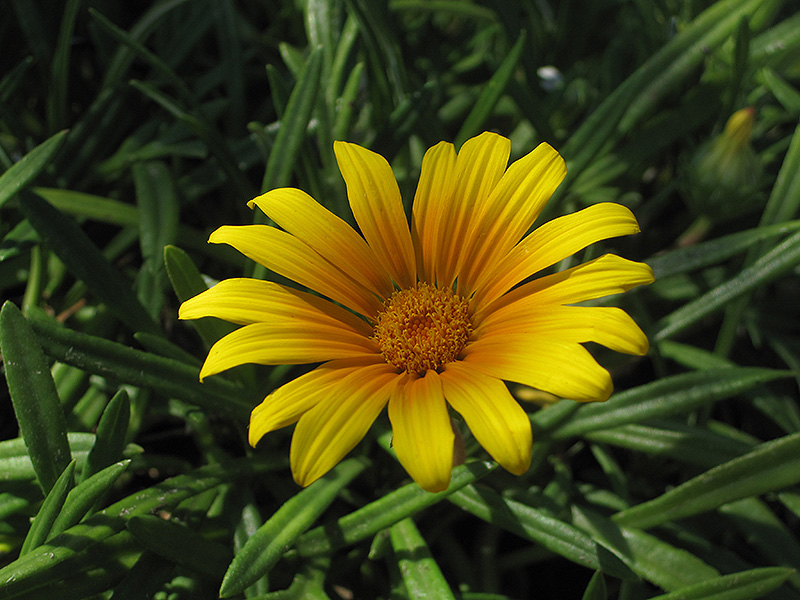Less than 24 hours later, the arboretum supplied an replace on social media saying the corpse flower was “truly a corpse.” They deliberate an post-mortem to determine its cause of demise. A rare corpse flower is preparing to bloom at the San Diego Botanic Garden in Encinitas. Terra bloomed on the Conservatory of Flowers in 2017 and is now about to bloom 3 years later right here. Amorphophallus titanum vegetation take an average of 7-10 years to bloom for the primary time. After this initial bloom, they can re-bloom each 3-5 years thereafter.
Could this snazzy bract assist appeal to pollinators to go to the various tiny flowers inside? As its name suggests, the Swamp Arum is an aquatic plant found in swamp forests and ponds of Western Africa. Amorphophallus titanum is the Holy Grail of the plant kingdom.
Corpse Flower is a reasonable feeder needing a balanced fertilizer because the growing season begins, being positive to taper off as fall approaches. A top-dressing of an organic fertilizer a pair occasions in the course of the growing season is enough. Corpse Flower was first discovered within the tropical forests of Sumatra the place even there, it's rare in its native habitat. It is a member of the Aroid family and also known as the Titan Arum. Corpse flower blooms last approximately 24–36 hours on average. Octavia, one of the Garden's Amorphophallus titanum specimens, is blooming right now, Thursday, August 5.
While this construction appears like an enormous single flower, it’s actually an inflorescence, or stalk of many flowers. This was the primary titan-arum to flower article source in the Western Hemisphere, and the Conservatory was mobbed with visitors, reporters, and photographers. Its eight-foot spadix was the largest ever grown in cultivation. Pollak explained that dung beetles, flesh flies and other carnivorous insects are the first pollinators of this kind of flower.
Once it does, the putrid stench of its massive, magenta flower can be smelled for miles, before the flower wilts inside just a few days. Corpse flowers are native to Sumatra, Indonesia, and bloom for the first time after the first 8-10 years of their lives. Once a plant blooms, it could bloom again in as little as two or three years. That fringed structure, which resembles a wrinkled cape draped across the spadix, hides the actual flowers, that are small and troublesome to see. The plant’s garbage-like odor can travel a half-mile, attracting flies and beetles that choose up pollen and carry it to different vegetation.
Hundreds packed into the arboretum to catch a glimpse — and a whiff — of the corpse flower last Friday, after arboretum workers announced on Facebook that Big Ed was on the brink of bloom. Onlookers take within the sight and odor of the uncommon and endangered corpse flower at the UC Santa Cruz Arboretum. Those who’ve experienced the scent of the enormous Amorphophallus titanum flower examine it to the stench of rotting flesh that’s been sitting out in the sun for a number of days.
In its pure setting, the corpse flower is pollinated by carrion beetles, sweat bees, and flesh flies. It attracts these insects by releasing some serious stink! The robust smell can journey lengthy distances within the corpse flower’s native tropical forests. Insects can pick up the scent in time to pollinate the flowers during their brief bloom period. Two chemical compounds contributing to the scent are dimethyl disulfide and dimethyl trisulfide.

Roughly 9 months after pollination, the fruit has darkened to a brilliant red and is prepared to be harvested. The seed of the fruit could be planted to supply a model new corm. The size of time concerned within the seeds growing to maturity signifies that our titan arums will return to the manufacturing greenhouses as soon as their blooming cycles are complete.
A susceptible species is taken into account as such as a result of it is likely to turn into endangered except the circumstances threatening its survival and replica improve. Vulnerability is mainly caused by habitat loss or destruction. There are presently four,914 plants classified as susceptible, compared to 2,815 in 1998. A. When a corm is grown from seed, it could take a while to achieve the size essential to assist a bloom, normally about ten years. Despite the challenges, conservation organizations and botanic gardens have gotten good at reintroducing crops, Maschinski says.
No, blooming will not end the life cycle of the titan arum. If pollinated, it'll produce fruit in the subsequent 6 to 12 months. In its native Sumatra these fruits are much prized by rhinoceros hornbills, which unfold the seeds round their native rainforest habitat. Once the fruit is ripe, the plant will absolutely dieback and after a 12 months or so of dormancy, will reemerge in its vegetative kind, gathering energy for a couple of cycles till it is ready to bloom again. The corpse flower is a difficult plant to preserve outdoors its native habitat.